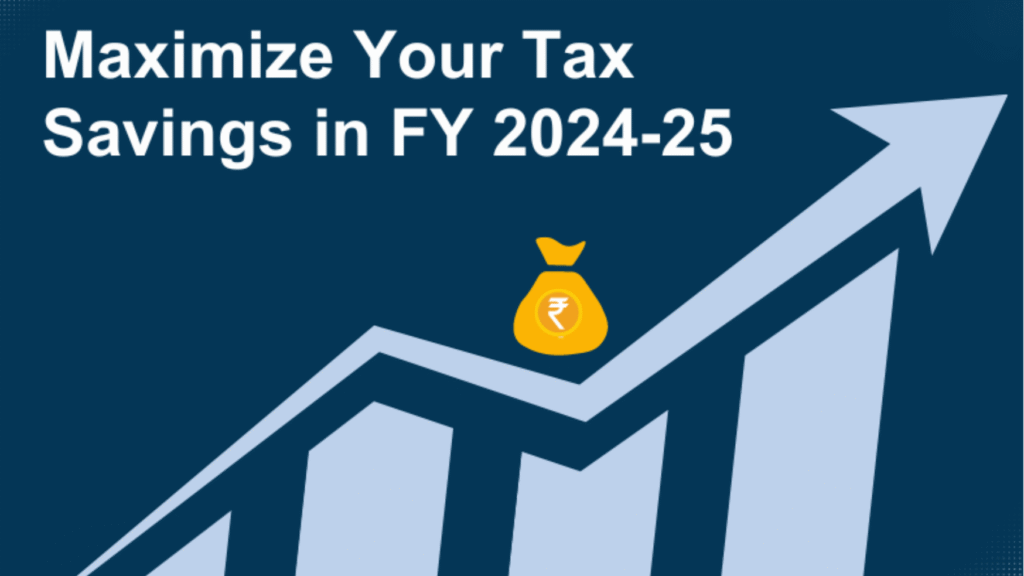Why Read This? This Ultimate Finance Guide is your blueprint for financial success in India. Packed with insights from the Finance Bill 2025 and solutions for healthcare financing in India, this guide delivers actionable strategies for tax savings in India, debt management in India, and wealth creation in India.
What You’ll Learn: Discover the Ultimate Finance Guide to master tax savings in India, eliminate debt, and build lasting wealth with tips for investing for beginners.
1. Tax Savings in 2025: Slash Your Taxes with the Ultimate Guide

1.1 Finance Bill 2025: New Tax Slabs Explained
The Ultimate Finance Guide starts with the Finance Bill 2025, which revamps income tax slabs to benefit middle-class taxpayers, effective April 1, 2025. This impacts over 30 crore Indians, boosting disposable income for wealth creation in India.
| Income Range (₹) | Old Tax Rate | New Tax Rate | Annual Savings (₹) |
| 0–3 Lakh | 0% | 0% | 0 |
| 3–7 Lakh | 5% | 5% | 0 |
| 7–12 Lakh | 20% | 15% | 25,000 |
| 12–15 Lakh | 30% | 20% | 30,000 |
Insight: Earning ₹14L? Save ₹30,000 annually with the Ultimate Finance Guide, perfect for debt management in India or wealth creation in India.
How to Maximize: The Ultimate Finance Guide suggests using the 50/30/20 rule: 50% for needs, 30% for wants, and 20% for savings or debt repayment to optimize tax savings in India.
1.2 Health Insurance Deductions
The Ultimate Finance Guide highlights the Finance Bill 2025’s ₹1 lakh deduction for health insurance premiums, up from ₹25,000–₹50,000, reducing taxable income and supporting healthcare financing in India.
Tip: Invest in a family floater plan to claim the ₹1L deduction. Compare plans at Best Health Insurance Plans for tax savings in India.
Why It’s Key: The ultimate finance guide shows how tax rebates free up funds for wealth creation in India or emergency savings.
2. Debt Management in India: Break Free with the Ultimate Guide

2.1 Snowball vs. Avalanche Methods
The Ultimate Finance Guide offers two effective strategies for debt management in India, tackling the ₹15L average household debt (2024, RBI).
Case Study: Anil’s ₹12L Debt Freedom
Anil, a 35-year-old Mumbaikar, owed ₹12L: ₹3L credit card (24% APR), ₹4L car loan (12% APR), and ₹5L personal loan (18% APR). The Ultimate Guide to Tax Savings, Debt Management & Wealth Creation guided him to:
-
Snowball Method: Cleared ₹1L credit card debt first for quick wins.
-
Avalanche Method: Targeted ₹5L personal loan, saving ₹1.5L in interest.
-
Budgeting: Used the 50/30/20 rule to allocate 20% to debt repayment.
Result: Debt-free in 40 months with a CIBIL score of 790, thanks to the Ultimate Finance Guide for Tax Savings and Debt Management.
Ultimate Finance Guide Breakdown:
- Snowball: Pay the smallest debts first for motivation, ideal for debt management in India.
- Avalanche: Focus on high-interest debts to save money, perfect for cost-conscious readers.
Tip: Track payments with apps like ET Money for disciplined debt management in India.
2.2 Avoiding Debt Pitfalls
Warnings: Don’t fall for traps like payday loan alternatives (40–100% APR). Instead, build a 3–6 month emergency fund to avoid borrowing.
Strategy: Use Finance Bill 2025 tax savings for debt repayment or emergency funds, strengthening debt management in India.
3. Wealth Creation in India: Grow Rich with the Ultimate Guide

3.1 Investing for Beginners: Start with ₹500
This Ultimate Finance Guide makes wealth creation in India accessible, even with small amounts. With 5–6% annual inflation, investing is essential for financial growth.
- ETFs/Index Funds: Low-risk options for investing for beginners. Nifty 50 ETFs yield 8–10% returns. Start with ₹500 via Groww.
- SIPs: Invest ₹500/month in equity funds for 12–15% returns. Check Best SIPs for Beginners.
- Sustainable ESG Investing in India: Allocate 20% to green stocks like Adani Green for ethical wealth creation in India.
Example: ₹500/month in a Nifty 50 ETF at 10% return grows to ₹1.2L in 10 years.
Tip: Automate investments with Zerodha for consistent wealth creation in India.
3.2 Budgeting for Wealth
This Ultimate Finance Guide stresses budgeting to free up investment funds. Use a monthly budget template to track expenses.
Strategy: Combine zero-based budgeting with the 50/30/20 rule for tax savings in India, debt management in India, and wealth creation in India.
4. Healthcare Financing: Protect Your Finances

4.1 Out-of-Pocket Spending Challenges
The Ultimate Finance Guide tackles healthcare financing in India, where 65% of families pay medical bills out-of-pocket (2024, National Health Authority), risking debt management in India.
Insight: High private hospital costs (70% of expenses) undermine wealth creation in India without proper healthcare financing in India.
4.2 Affordable Healthcare Solutions
The Ultimate Finance Guide offers solutions to cut medical costs:
- Ayushman Bharat 2025: Free hospitalization for 500 million Indians. Check at pmjay.gov.in.
- Family Floater Plans: Save 20–30% vs. individual plans. Compare plans at Policy Bazaar.
- Telemedicine: Use Practo for affordable consultations, supporting tax savings in India.
- Emergency Fund: Save 3–6 months’ expenses to avoid out-of-pocket expenditure in India.
Tip: Use health insurance tax savings for wealth creation in India investments.
5. FAQs on the Ultimate Finance Guide for Tax Savings and Debt Management
How does Finance Bill 2025 boost tax savings?
The Ultimate Finance Guide for Tax Savings and Debt Management shows new tax slabs save ₹25,000–₹50,000 for ₹7L–₹15L incomes, enhancing tax savings in India.
Best debt management strategy?
The Ultimate Guide to Tax Savings, Debt Management & Wealth Creation recommends the avalanche method for high-interest debts, paired with budgeting for debt management in India.
How to invest with ₹500?
The Ultimate Guide to Tax Savings, Debt Management & Wealth Creation suggests SIPs or ETFs via Groww, focusing on sustainable ESG investing in India for wealth creation in India.



**”Okay, this is EXACTLY what I need right now! 🙌 As someone who still gets confused between tax deductions and tax credits (and may have cried over credit card statements once or twice), ‘Ultimate Finance Guide to Tax & Debt Management 2025’ speaks to my soul.
Just reading the title gives me hope that maybe – just maybe – 2025 will be the year I finally:
✓ Understand my W-2 without Googling
✓ Pay off that stubborn student loan
✓ Stop giving the government interest-free loans!
I’m especially curious about the debt management section – are we talking next-gen debt snowball methods? AI-powered payoff plans? And please tell me there’s a chapter on ‘how to survive tax season without stress-eating your entire paycheck’ 😅
Seriously though, in this wild economy, this kind of practical, forward-looking financial advice is pure gold. Can’t wait to dive in and finally get my money life together! Who else is reading this with their budget spreadsheet open in another tab? 🙋♀️ #Adulting2025″**